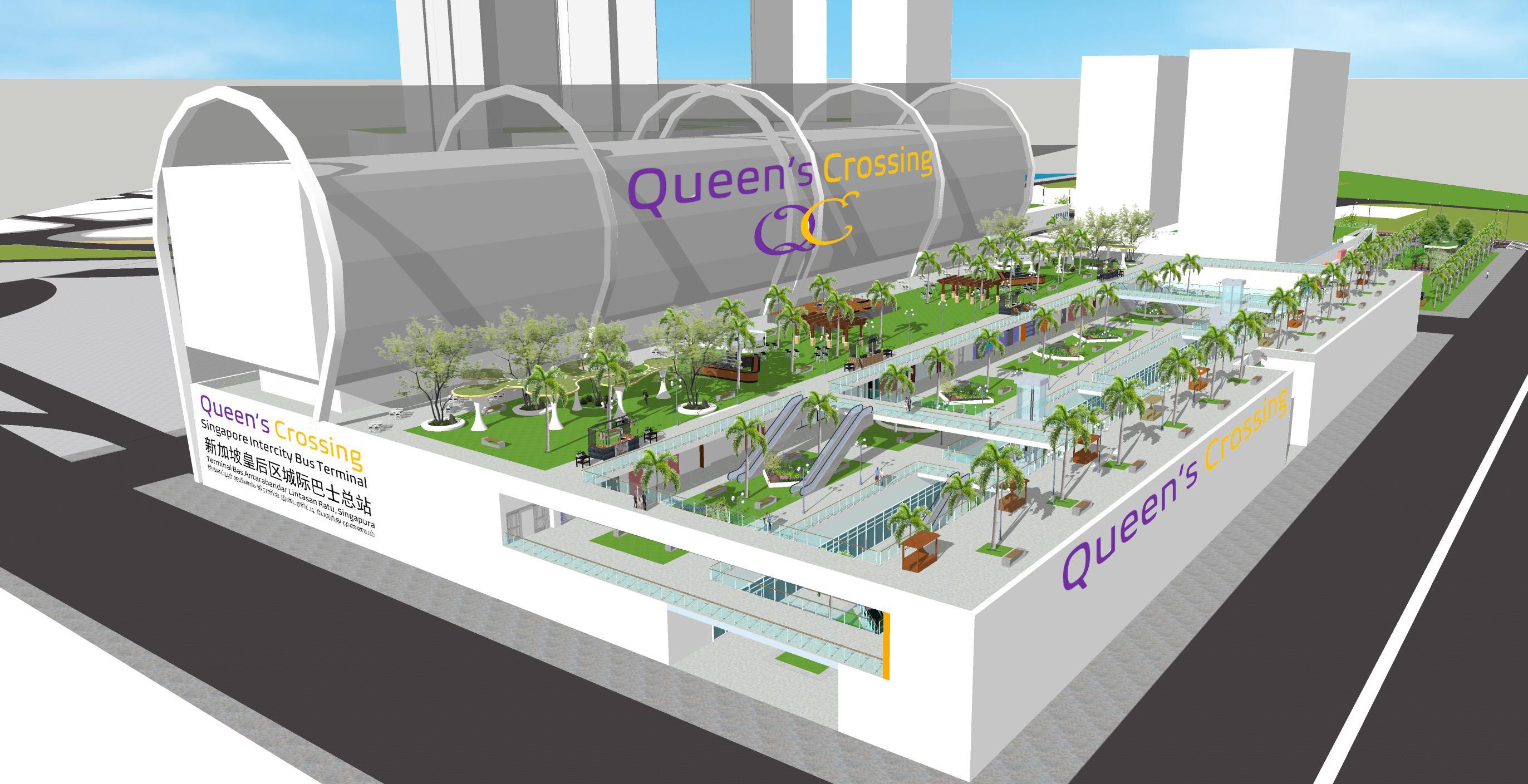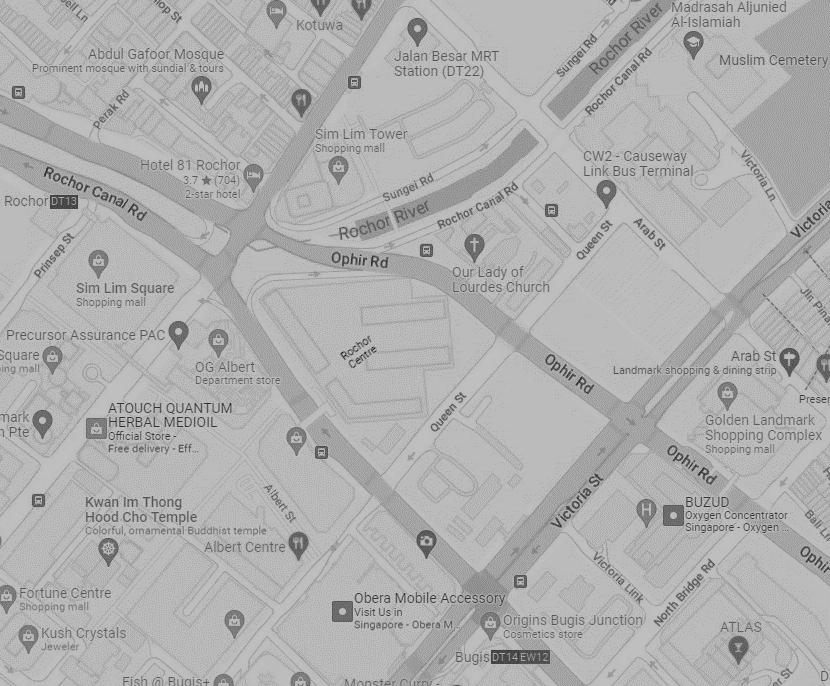
2 minute read
Demographic & Neighborhood Character Analysis
Total resident population in 2020 of the 3 neighborhoods surrounding Queen Street Bus Terminal (includes areas not shown on map):
• Kampong Glam: 120
Advertisement
• Little India (including Sungei Road subzone): 5320
• Bugis: 890
These numbers do not include immigrants, expatriates, etc. (and are not available) because they are very transient- they typically do not stay here long-term, and therefore considered non-residents. The number of residents are very small because Singapore did not originally plan for and zone these neighborhoods to be residential, although historically they were.
While these 3 neighborhoods do not have significant resident populations, they are densely populated with visitors of all demographics (Singaporeans, immigrants, tourists, young, old, from every religion, race/ethnicity, and everything in between) and those who work here, and have huge distinctions in their neighborhood characters, even within themselves, as described in the next 3 pages.
These 3 neighborhoods are historically home to Singapore’s earliest immigrants from South Asia, the Malay Archipelago and the Middle East. They are the predecessors of today’s Singaporeans of ethnic Indian descent (about 9% of Singaporeans) and Malay/Muslim descent (about 15% of Singaporeans). This form the basis of the character of these neighborhoods.
These neighborhoods are rich in public transportation connections, but are increasingly lacking affordable housing, have almost no green space (vacant/undeveloped land does not count), and for a commercial neighborhood, little office space as well (since it’s mostly retail).
Kampong Glam is Singapore’s historic Muslim, Malay and Arab neighborhood where Singapore’s Muslim immigrants have settled in and congregated since the 1800s. Today most of their descendants (today’s Singaporean-Malays), however, no longer live there (they live all over the country), as even though Kampong Glam is conserved, the use of the historic shophouses (townhouses with retail) are largely commercial. It is a community hub for Singaporean & immigrant Muslims as well as a destination for Islamic cultures, bohemian retail (especially at the pedestrian mall) and tourism. https://www.google.com.sg/url?sa=i&url=https%3A%2F%2Fdiscov erist.changirecommends.com%2Fsee%2Fstaycation-guidekampong-glam-singapore%2F&psig=AOvVaw2ZqYo_Tsy5kX-rQEtqTPK&ust=1679575382015000&source=images&cd=vfe&ved=0
CBAQjRxqFwoTCJCXsILI7_0CFQAAAAAdAAAAABAw https://chrisogrady.com/architectural-photography-bugis-junction-singapore/ https://youyongfinalyearproject.wordpress.com/waterloo-street/

The same story goes for Little India, the historic quarter for Singapore’s immigrants from South Asia and their descendants (today’s SingaporeanIndians), though because a few public housing blocks and condominiums are also built within, the resident population is higher. It is a community hub for Singaporean Indians, South Asian immigrants, as well as a retail & tourist destination.


Bugis was a village for Bugis immigrants (an ethnic group from Indonesia), but in the early & mid-20th century, the Bugis people moved out and it became Singapore’s prime red-light district. After Singapore’s independence in 1965, the government did a massive transformation of Bugis into a largely modern retail district (i.e. erased the historic character of the Bugis culture and red-light district), although it built a few public housing blocks and left the character of the pedestrian mall (Waterloo Street) outside the famous Buddhist temple to be largely religious. That area is mostly lowincome and elderly residents. However the area around Bugis MRT (subway/metro) station is one large shopping/commercial area for all demographics, in particular the younger generations. The part of Bugis with the arts schools has become Singapore’s arts district particularly for the younger generations as well.










